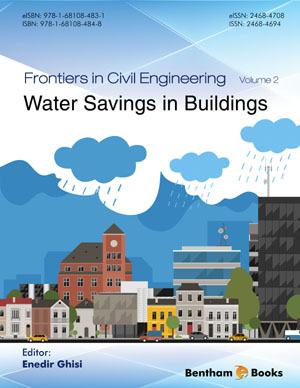Abstract
Technology upgrades or investment in changing user behaviour? This is a common dilemma when it comes to improving water savings in administrative buildings. The answer is obvious: both, but only after a management scheme is in place. Several real scale experiments have been carried out at the Federal University of Bahia, Brazil, and in the administrative buildings of the government of the State of Bahia over the last 17 years with significant results however, less than expected. This paper discusses the role played by so-called water saving devices and that played by maintenance activities and continuous calibration. A conceptual scheme to guide water savings in buildings as well as actions that must be considered in water saving programmes are presented. The conceptual guide considers the role of following-up water consumption on a daily basis by administrators but with data open to the public. It further presents an approach to understanding the reasons for water losses and water waste and the means to reduce them in institutions with clear technical and economic limitations. Consumption monitoring and control is the most important action to be taken and this has to precede further efforts or investments such as the acquisition of water saving devices or greywater use and rainwater catchment.
Keywords: Conservation, Institutional building, Rational use, University premises, Water saving, Water end-uses, Water consumption monitoring, Water awareness, Water demand management, Water soft path.


















